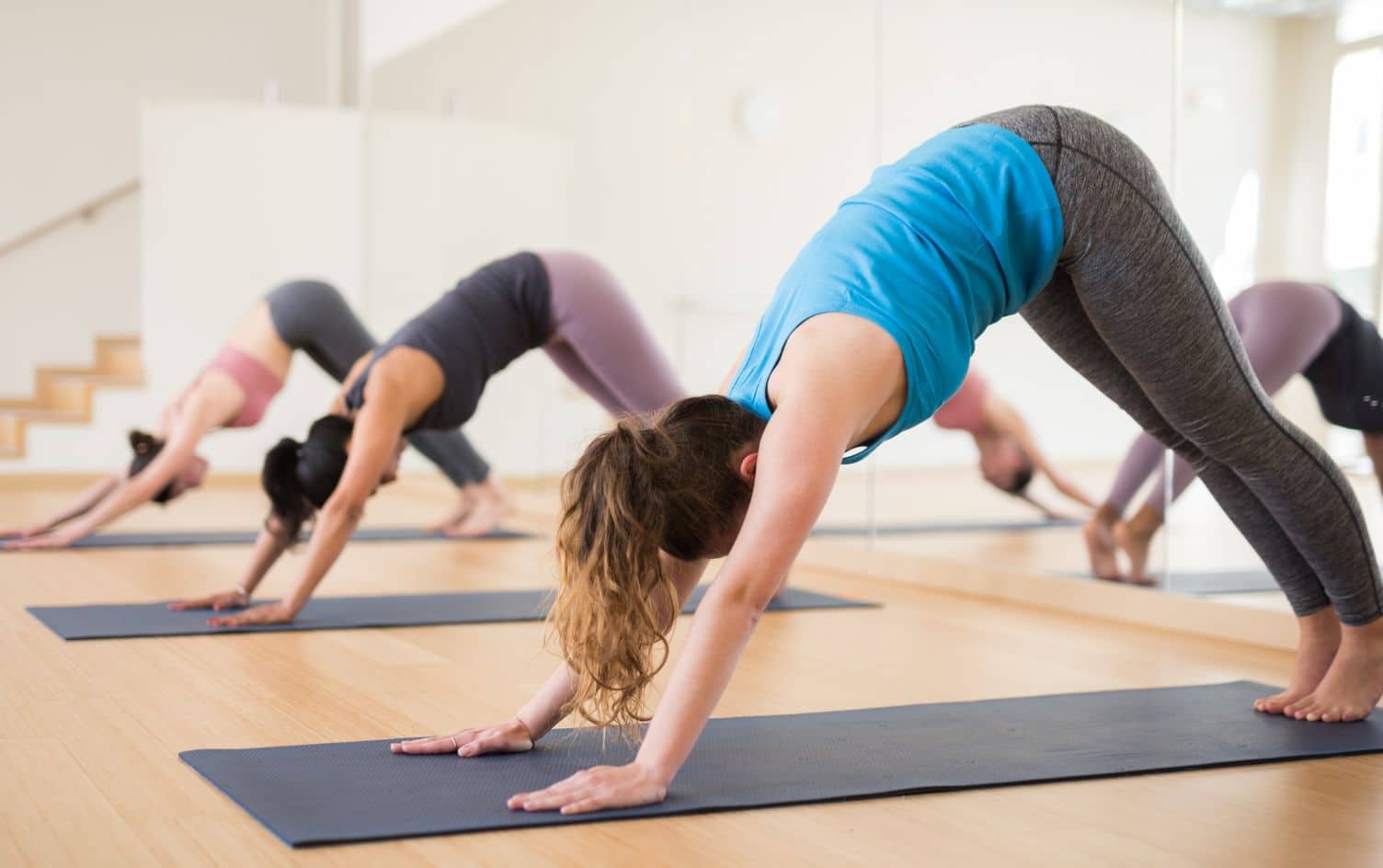Mindfulness continues to be presented as something we should strive for. Certainly being more mindful is a good thing. Although more research is necessary, various mindfulness practices have been associated with reduced stress, anxiety, depression, pain — and increased overall well-being. However, trying too hard to be mindful can be counteractive to the whole concept of mindfulness.
“The essence of mindfulness is more something you allow than something you do. In that sense, you may need to learn skills to allow you to cultivate more awareness or mindfulness, but ultimately mindfulness isn’t a precision practice,” explains mindfulness teacher and certified yoga therapist Jillian Pransky, author of “Deep Listening.”
This may be hard to grasp for those newer to mindfulness and anyone living in our goal-oriented society. As we read more about mindfulness, trying to learn how to practice it, we may think it needs to look a certain way, be practiced for a certain length of time or have a specific outcome. But, in fact, less effort leads to greater benefits.
“The less we strive, the more movement we end up having toward our goals,” says Jessica Matthews, DBH, professor of integrative wellness at Point Loma Nazarene University.
If you notice yourself doing any of the following things, it may be a sign you are trying too hard to be mindful. “Have patience, be with what is and trust that your own state of mindfulness will cultivate in its own time,” Matthew says.

You may think you weren’t really meditating because you kept having thoughts or wondering if you did your mindfulness “right.” “That could be a telltale sign to reframe the way you think about mindfulness,” Matthews says.
Having thoughts (and then bringing yourself back to your breath or mantra) is part of meditation — and mindfulness is a state of being that we work to cultivate. “It’s not that the practice has to look a certain way,” Matthews says. “Be an impartial witness to your experience and appreciate who you are in this moment.” This can also help you let go of “shoulds” about yourself and your life and allow you to embrace both, become more flexible and live a joyous life, she adds.

Many mindfulness practices include some anchor — often your breath or perhaps a mantra — to guide your attention. However, that doesn’t mean you should be aware of only one thing during practice. “Mindfulness is a wide-lens camera more than a zoom lens,” Pransky says. The zoom lens would be going on a run and concentrating so strongly on your feet you no longer hear the birds.
On the other hand, mindfulness would ask that you are aware of this as well as the mechanics of your body, your breathing and the space around you. “It invites you to be with and be aware of yourself and the space around you and how you are moving in it,” Pransky explains. If you find yourself tunnel visioned, invite yourself back to the wider focus by slowly building up from just your feet, to also your body, then also your breath and then also what you see or hear around you, until you are aware of everything.

It’s OK to want to work up to 5 minutes of breathwork or doing revolved half-moon pose. However, if you go into a mindfulness practice thinking you will achieve a certain outcome — less stress, more energy, headstand pose — remember mindfulness should be non-striving. “It’s an opportunity to practice being with oneself in the moment and noticing what transpires,” Matthews says, adding that the more you do that, overtime you’ll move toward those outcomes you desire.

“Mindfulness is almost a relaxed awareness,” Pransky says. “You should feel refreshed, more at ease and more curious” after your practice — and, over time, with everything. If you take a nature hike on flat terrain and come back exhausted, chances are you were trying too hard to pay too much attention to things. “Mindfulness combines the practice of awareness with acceptance of how things are,” she says. “Let go of manipulating, controlling and wanting a specific outcome, and instead grow more aware of how things are, how you actually feel and what’s actually happening in the moment.”

As you practice mindfulness, have patience. “If you feel like, ‘I can’t do this, I don’t have time, this isn’t working for me,’ remember that we all have qualities of a mindful state of being in us,” Matthews says. “Through formal and informal mindfulness practice, yours will start to emerge.” A little bit, practiced often, adds up to a lot, Pransky adds.
Find opportunities during the day for even a minute of mindfulness, whether that’s setting a phone timer to pause for three breaths every few hours or standing in line at the store and noticing your body, breath and surroundings. “Have faith that the results will be a great impact on your well-being, far beyond what we think will get when we set out the practice,” Pransky says.




